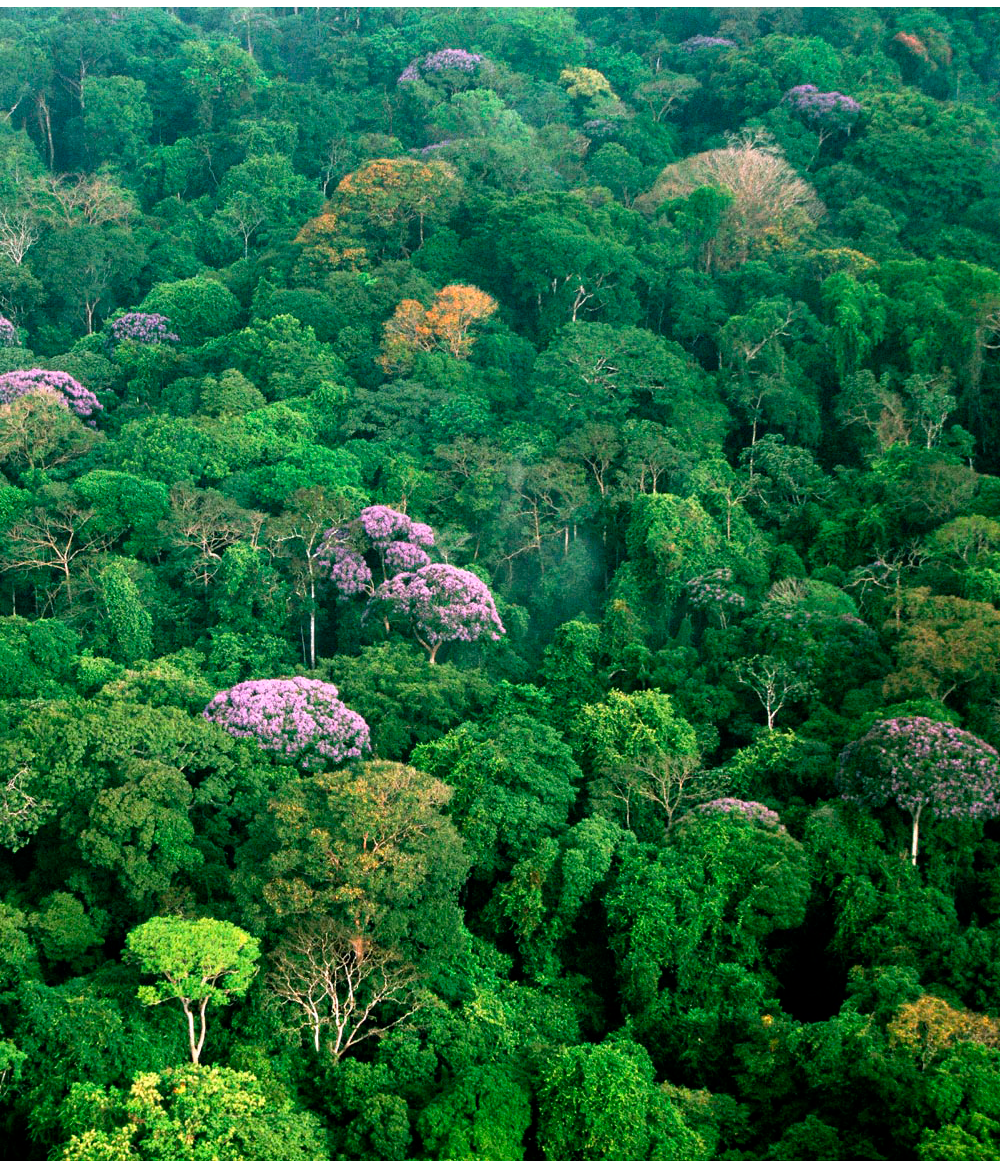Neutral Theory of Ecology - A Simulation
Why is there (so much) biodiversity? This is a good question. Why are there so many similar species in a homogenous environment such as trees in a tropical rainforest? This is an even better question, and one which was probably asked by every ecologist since the beginning of ecology. The neutral theory of ecology is not actually about answering these questions. Rather, it is about preventing the existing hypotheses from being fooled by randomness. Let me explain.
Let's take the island of Barro Colorado Island (BCI), Panama. This tropical island in the middle of the Panama Canal has a modest size of around fifteen square kilometers. For comparison: our tiny lake Murten here in Switzerland has a size of around twenty square kilometers. In spite of its humble sizing it is the home of over 1'300 species1 of which over 300 are trees. How would one go about explaining this diversity?

Classical Niche-Theory would predict 300 distinct niches, one for every species. But this seems unrealistic on such a small scale and in such a homogenous environment (there aren't even seasons). Even if you take every possible microbe-funghi-tree-symbiosis into account, 300 seems like a steep number for this territory. So, could there be some other driving factor which does not depend on niche differences to sustain biodiversity?
Here comes neutral theory into play: "What would we expect if all species are (ecologically) the same?" is the question neutral theory tries to answer. Here, niches are absent and all species are functionally equivalent - they have the same birth, death and dispersal rates regardles of their immediate environment.
A bit more precise, neutral theory makes three key assumptions:
- The number of individuals in a community is constant. So on our island there is space for exactly N trees and not more. If your species wants more space, it has to take it away from some other species - biodiversity becomes a zero-sum-game.
- All individuals and species have an equal probability of colonizing open space. The colonizer of a site vacated by death (disturbance) is a random draw from the individuals present (making the probability of a given species being selected equal to a species’ relative abundance - ecological lottery)
- Death occurs at a constant and fixed rate.
These assumptions create a game of chance. Neutral Theory now predicts that this game of chance can generate outcomes which are similar to observed outcomes from the wild (in terms of species distributions for example), which would mean that ecological and evolutionary forces do not play as big of a role as biologists previously thought. They would have been fooled by randomness.
This sounds nice, but i wanna see it. Luckily, these assumptions are so simple that even I can create a simulation of our little tropical island (granted, with some help of Claude).
The global-colonization-toggle changes what happens in case of the death of an individual: When it is switched on, the new individual's species will be determined by sampling the whole habitat (grid). When it is switched off, only the eight direct neighbors will be taken into account. The former simulates no dispersal barriers while the latter simulates high dispersal barriers (in a very simple way). You can also switch the colonization mode while the simulation is running! It is interesting how the species immediatly cluster together when high dispersal barriers active.
I think it is worth noting that extinctions are actually rarer than I expected. If the grid size is reasonably big, a lot of generations need to happen until some species go extinct. In reverse, absolute dominance is also pretty hard to obtain, especially when dispersal barriers are on (=toggle off). I only managed to get a "winner" in a really small grid (10 x 10).
If you find some errors or potential for improvement, please let me know!